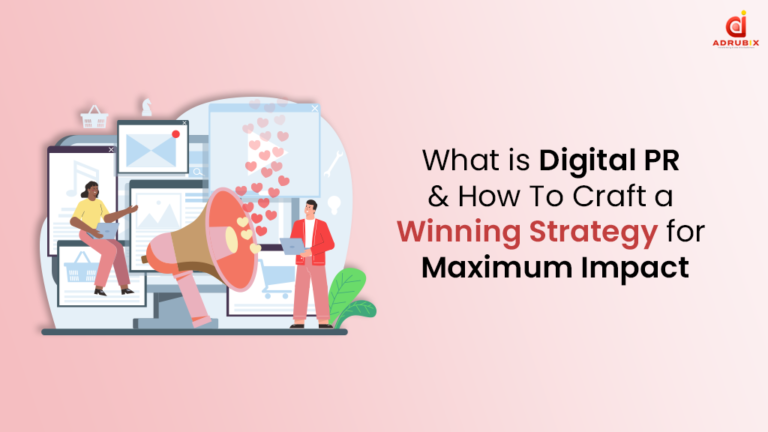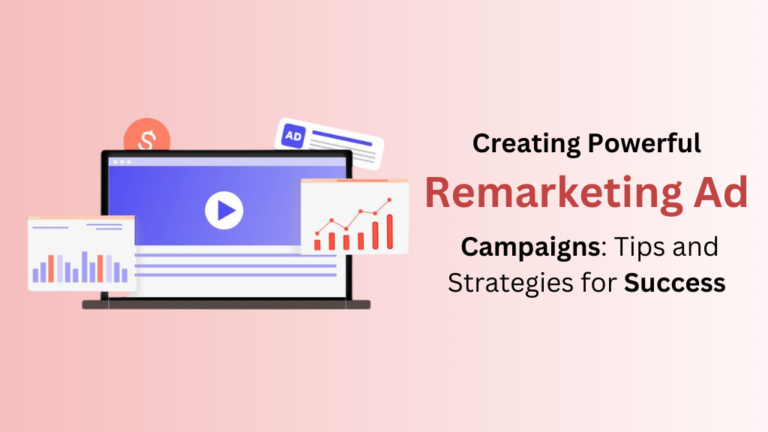Introduction:
Understanding your audience involves diving deeper into their behavior on your website. Tools like Google Analytics can provide valuable insights into user interaction, popular pages, and bounce rates. By comprehending how users navigate your site, you can tailor strategies to address specific pain points and enhance the overall user experience.
Examining metrics such as time spent on pages, click-through rates, and conversion funnels enables you to identify areas that need improvement. For instance, if users frequently abandon certain pages, it might indicate a need for content enhancement or clearer calls-to-action. This data-driven approach empowers you to make informed decisions that resonate with your audience’s preferences.
Harnessing the Power of Visual Content:
In today’s visually oriented digital landscape, incorporating compelling images, infographics, and videos is crucial. Visual content not only captures attention but also conveys information more effectively than text alone. Use eye-catching images to direct customers toward conversion points, highlight product attributes, and communicate your brand’s narrative. Consider implementing interactive visuals that encourage engagement.
For example, image carousels, interactive infographics, or product videos can provide an immersive experience. Visual content not only enhances the aesthetic appeal of your website but also contributes significantly to user engagement and conversion.
Strategic Use of Social Media:
Social media platforms are not just for building a brand presence; they are powerful tools for driving traffic to your website. Craft shareable content that sparks conversations and encourages social sharing. Engage with your audience on platforms relevant to your industry, building a community around your brand.
Social media interactions can drive visitors to your website, increasing the likelihood of conversions. Use these platforms strategically to promote new products, share valuable content, and run targeted ad campaigns. Leveraging social media effectively can create a ripple effect, expanding your online reach and driving potential customers to your website.
Interactive Elements for Engagement:
Beyond static content, incorporating interactive elements into your website can significantly boost engagement. Features like quizzes, surveys, or interactive product demonstrations not only provide an enjoyable user experience but also collect valuable data about user preferences.
Interactive content encourages users to spend more time on your site, fostering a connection that can lead to increased conversions. For example, your website becomes more memorable and captivating when you use interactive elements like a dynamic tool that tailors suggestions based on user input or a quiz that assists consumers in finding the ideal product.
Effective Email Marketing Strategies:
Email marketing remains a potent tool for nurturing leads and guiding them towards conversion. Develop targeted email campaigns based on user behaviour, preferences, and interactions with your site. Users may be re-engaged via customised and pertinent email content that reminds them of your business and motivates them to perform the required action.
Segment your email lists to send targeted messages to specific audience segments. For instance, send exclusive offers to repeat customers, or nurture leads with informative content. Email marketing, when executed strategically, not only keeps your brand top-of-mind but also serves as a direct channel for driving traffic back to your website.
Understanding and Addressing Abandoned Carts:
One critical aspect of the conversion journey is understanding and addressing abandoned carts. Examine the causes of abandoned carts to find possible conversion obstacles. Use tactics like email abandonment campaigns, discounts, or expediting the checkout process to make up for lost revenue.
Cart abandonment is a common challenge for online retailers, and tackling it effectively can result in a significant increase in conversions. By understanding why users abandon their carts, you can tailor your approach to address specific concerns and encourage them to complete their purchase.
Building Trust Through Transparency:
Establishing trust is paramount for conversion. Clearly communicate your brand values, showcase transparent pricing, and provide detailed product information. Include secure payment options and display trust badges to assure users of a safe transaction environment.
Transparency builds confidence in your brand and products, making users more likely to convert. Consider incorporating elements such as customer reviews, ratings, and certifications to further validate the credibility of your offerings. Trustworthy websites are more likely to convert hesitant visitors into loyal customers.
Monitoring and Adapting to Industry Trends:
In the fast-paced digital landscape, staying attuned to industry trends is essential. Technological advancements, shifts in consumer behaviour, and emerging design trends can all impact the effectiveness of your website. Regularly monitor industry publications, attend webinars, and participate in relevant forums to stay informed.
Adapting to emerging trends can give your website a competitive edge. Whether it’s implementing new technologies, adopting innovative design elements, or embracing evolving consumer preferences, staying ahead of the curve is crucial for sustained conversion success. Consider conducting competitor analysis to identify trends that are gaining traction in your industry.
Conclusion:
In conclusion, the journey to enhance website conversions is a dynamic and multifaceted process. Every aspect is vital, from user behaviour analysis and use of visual material to social media strategy, interactive aspects, and successful email marketing.
Addressing abandoned carts, building trust through transparency, and staying abreast of industry trends are equally important components. By incorporating these strategies into your overall approach, you can create a robust conversion strategy that not only increases conversion rates but also establishes a lasting connection with your audience.
Remember, the key lies not just in attracting visitors but in creating a comprehensive and engaging user experience that guides them seamlessly towards conversion. Implementing the strategies outlined in this guide will not only increase conversion rates but also position your website as a valuable resource in your industry.





